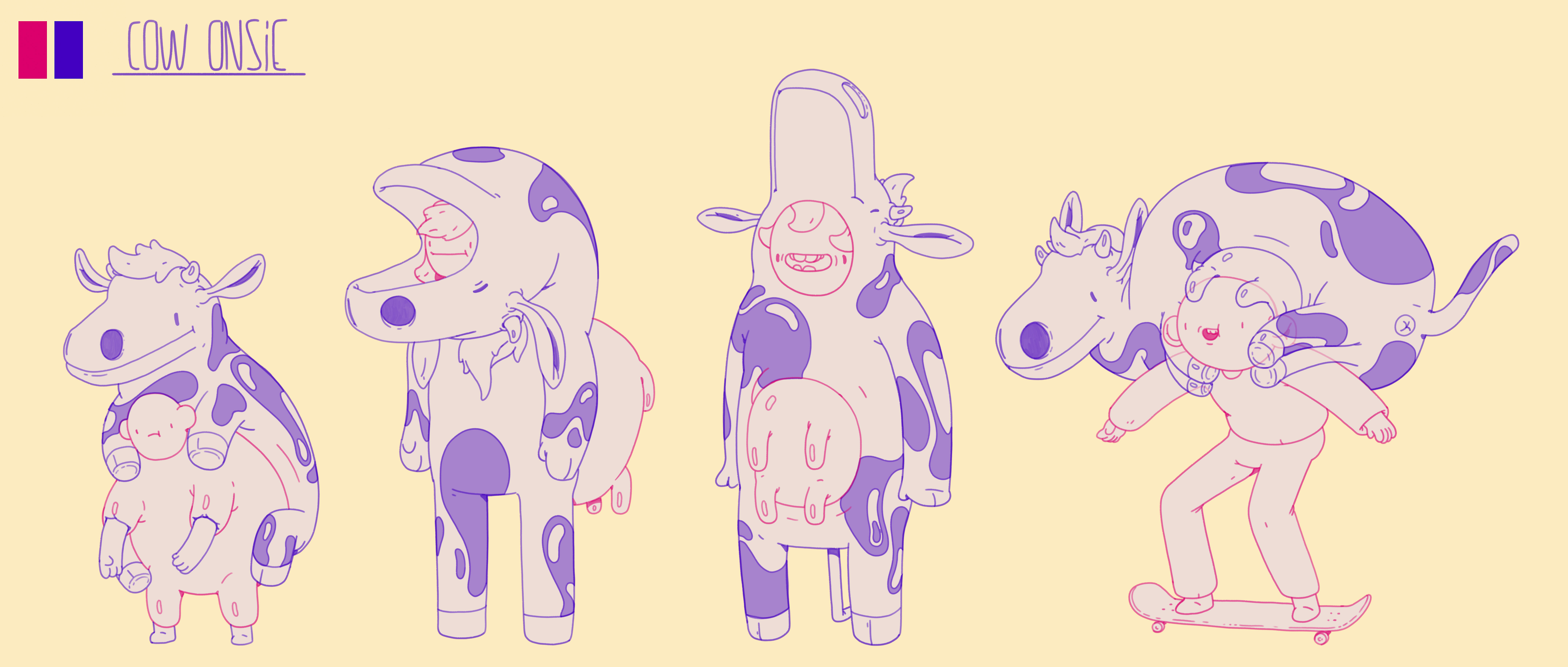MESH – Memory Sharing (Microsoft Research)
Experimental Interaction Design
MESH – Memory Sharing was developed during an Interaction Design Workshop, as the result of a partnership between Microsoft Research and the Department of Arts & Design at PUC-Rio, Brazil.
In July 2015, the project was presented for Design Expo, at Microsoft's headquarters in Redmond (Washington, USA), and it won the Most Memorable Project Award.
MESH is a system that allows users to store, share and retrieve memories related to physical places, through the use of a wearable device managed by an online digital platform. The system offers different possibilities of storing and sharing memories as soon as the user checks in: one can choose to record sounds, heart rate, body temperature or any combination of these experiences. The user is also given the opportunity to hear and feel the recalled experiences of others who have been to the same location.
More info at: Microsoft Research - Design Expo 2015

Methodology
We assume that social media tools, specifically memory monitoring tools, are not aligned with the needs and social strategies of the visually impaired, as these networks are largely focused on visually oriented content.
To gather insights from our potential users, we applied participant observation techniques and in-depth interviews with six visually impaired people, followed by the development of a prototype.
Prototype
The prototyping process started with drawing sketches until we arrived at a physical prototype. After defining the product dimensions, we made a virtual prototype of the 3D model in SolidWorks.
We then print on materials such as aluminum and PS. We machine the final prototype out of aluminum and then polish it to a smooth refinement of detail and texture.

We start the prototyping process by drawing sketches [1, 2]. After defining the shape of the product, we redesign it with appropriate measures [3].

We validate a first conceptual prototype with users, going through a process of subsequent changes and adjustments according to each person's feedback. The 3D digital prototype was modelled in SolidWorks.

We made a physical prototype with wire [1], then 3D printed on polystyrene [2]. We print the final aluminum model in 3D [3].
User testing
To validate our prototype, we presented several designs to the six visually impaired respondents from our initial interviews, and they were given free rein for approval.
First, we listed a set of associated assumptions through our conceptual prototype, and users were asked to react to the product verbally. We then test physical models and conduct research for product insights and insights. We iterated this process until we achieved satisfactory results.





